Introduction
Traversing through the terrain of capital gains taxes can seem overwhelming for entrepreneurs aiming to boost their financial gains while reducing tax liabilities." This detailed handbook delves into tactics to lessen capital gains taxes when selling a business or asset." Covering topics such, as differentiating term and long term capital gains and utilizing tax deductions and credits " each segment provides practical tips to support business owners effectively."
By retaining ownership of a company for than a year and using accurate purchase price allocations while also exploring options such as installment sales or looking into Employee Stock Ownership Plans (ESOP) business owners can strategically prepare for a better tax result in the long run.With strategies like negotiating stock transactions and reinvesting in Qualified Opportunity Funds (QOF) as well as utilizing charitable remainder trusts (CRT) they can establish a solid foundation, for tax effective business transitions. This article seeks to shed light on how business owners can optimize their finances and make informed decisions that support their long term goals and financial security.
Understanding Capital Gains Tax Rates
'Capital profits tax is a levy placed on the earnings obtained from selling an enterprise or property, and the rate of taxation relies on how the asset has been retained for selling purposes.'. 'When retained for less than a year, it is taxed at the standard income tax rate (short term profits), but when it is held for more than a year, it benefits from lower rates applicable to long term profits instead. It is organized this way to promote long term investments and lessen burdens. Grasping these rates is crucial for tax planning.'. According to tax experts observations and insights shared by tax professionals indicate that the primary goal of tax planning is usually to secure long term advantages; however; some investments may provide tax advantages especially during high income periods in a year. A prudent approach is crucial to ensure an investment irrespective of any associated tax advantages as most initial benefits tend to diminish upon eventual sale.
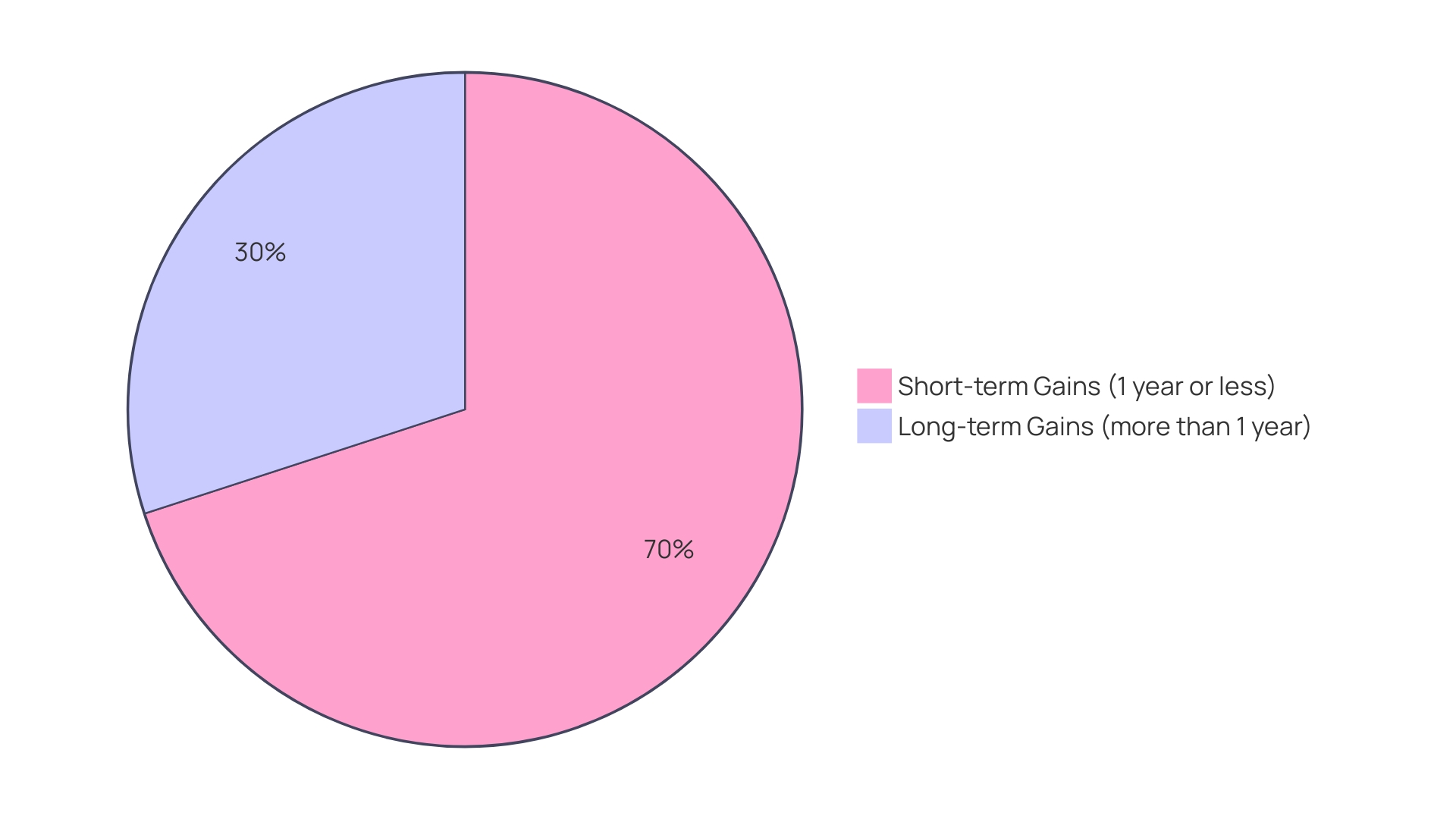
How to Offset Capital Gains from Sale of Business
'Employing profit offsets demonstrates to be a strategy in reducing your tax responsibilities when preparing for a transaction such as a sale scenario.'. One effective strategy involves countering losses from investments against your profits to balance out the financial scale and significantly lower your taxable income. Another beneficial tactic involves participating in tax stock swaps where you exchange your company's stocks with those of another entity to acquire an enterprise without an immediate cash expenditure—thus delaying the payment of capital gains taxes. Furthermore taking advantage of tax deductions and credits can further alleviate the weight of your tax responsibilities.
'Consulting with a tax consultant who can customize strategies to suit your financial circumstances is essential for optimizing tax benefits and enhancing your readiness for a sale or transition according to experts at Kiplinger Advisor Collective who point out that there are three primary categories of potential buyers, in such scenarios – family members; key employees; or external investors.'. Before you make any decisions here and there, consider both the advantages and disadvantages of selling to various entities and reflect on how these factors might influence the selling price and terms, as well as your relationships and the future success of the venture after the sale
Utilizing these tactics could lead to tax savings and facilitate a seamless transition, for your company.

Hold onto the Business for at Least a Year
Maintaining your enterprise for over a year could have a considerable effect on your tax circumstances as it may make you eligible for the favorable long-term profit tax rates instead of the elevated short-term rates typically imposed on investments held for briefer durations. This clear yet impactful strategy has the potential to yield tax advantages from the earnings produced by selling your business.
'Vlad Rusz from Centaur Digital Corp emphasizes the importance of long term tax planning to take advantage of treatments for specific accounts and investments in light of high inflation and market uncertainty conditions that highlight the necessity of strategic tax planning using tactics, like long term gains rates alignment with these objectives.'.
When it comes to types of investments like stocks and real estate that fall under capital assets category and deciding whether the profit is considered long term or short term mostly depends on how long you hold onto the asset before selling it off. Generally discussing finances and monetary issues, retaining assets for a duration often leads to more advantageous financial treatment, which can be a wise approach for entrepreneurs seeking to boost their profits.
In a year when your earningsre unusually good and you have extra income to spare it could be smart to look into investment options that come with instant tax advantages.. Remember to choose investments that are financially sound and profitable not just for the tax perks they offer.
Embrace this approach. Transform potential tax obligations into opportunities for considerable savings. You can reveal tax rates and keep more of your hard-earned income by planning ahead and maintaining your establishment for the necessary period.
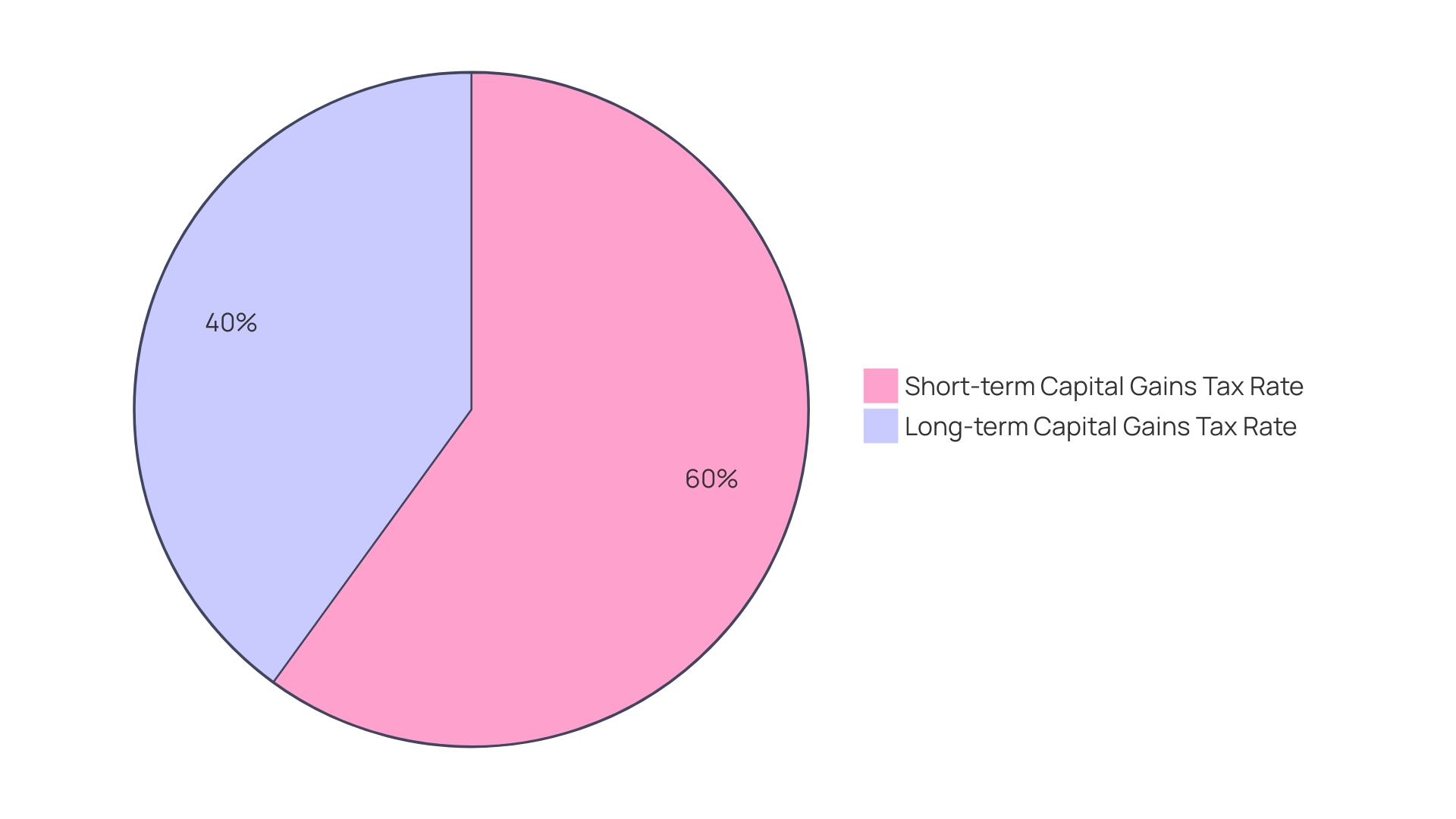
Use Correct Purchase Price Allocations
When you're aiming to sell an enterprise, wisely dividing the sale amount can significantly reduce the profits you'll be responsible for later. One good way to do this is by assigning more of the price tag to assets like goodwill. This tactic can help reduce the amount owed and in turn ease the burden when it comes to capital gains levies. As shown in scenarios taking a deep dive into financial assessments and tax strategizing can further amplify these advantages. 'It's advisable to bring in a tax consultant in the game to fine-tune your enterprise setup, for optimal tax effectiveness.'. To enhance the effectiveness of these strategies entrepreneurs can better steer through the selling procedure while upholding security.
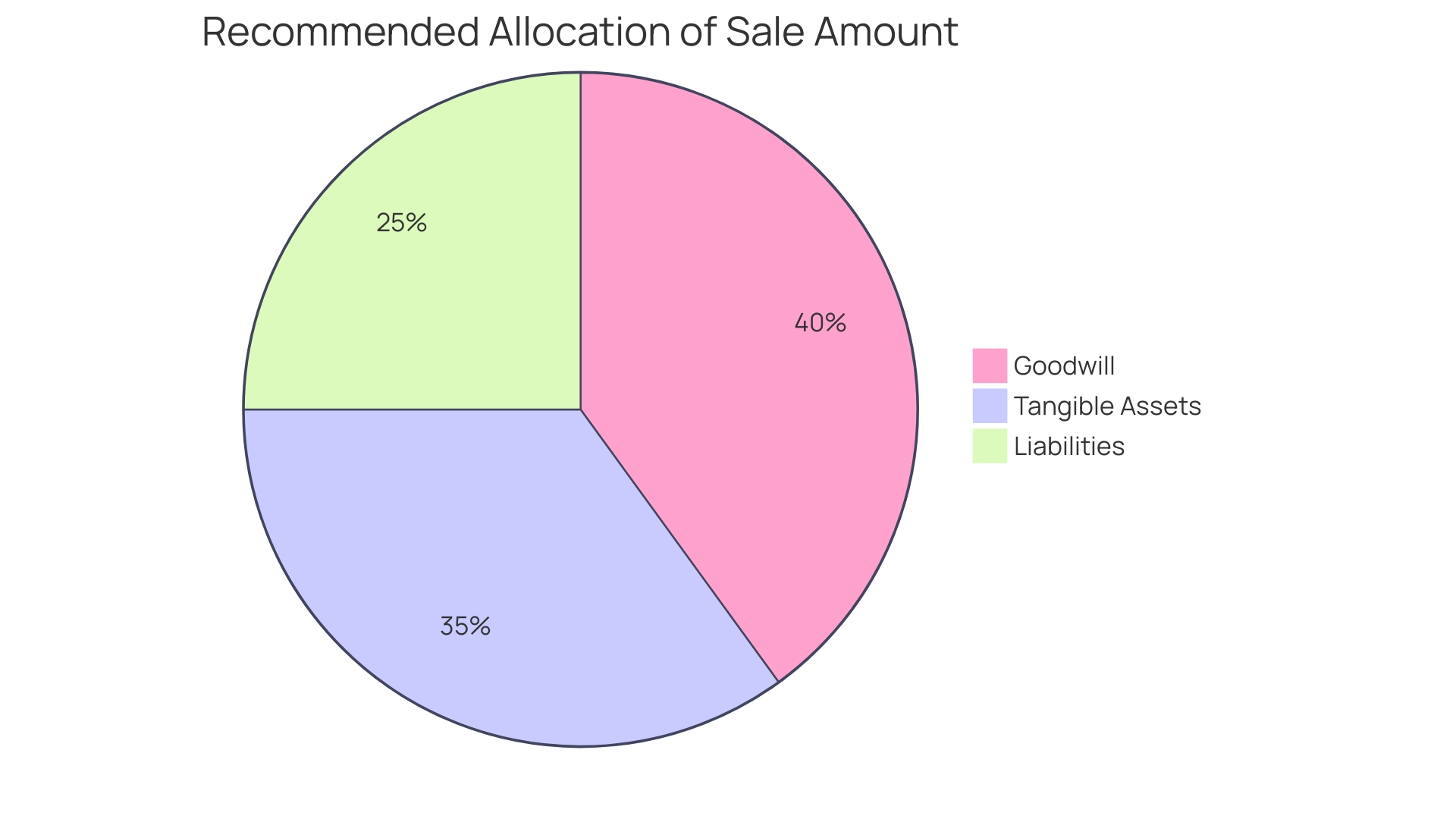
Opt for an Installment Sale
Opting for a sale may be a wise approach to manage your financial obligations more effectively in the long term. Distributing the earnings over several years rather than settling the entire amount at once can be beneficial. This gradual method not only balances your taxable earnings but may also enable you to fall into a lower income bracket each year. This could ultimately reduce your financial burden. Ensuring that your tax payments match your cash flow helps you stay financially stable and prevents the burden of a hefty lump sum tax payment. This approach is especially beneficial for owners who are planning to transfer ownership while keeping their finances in check.
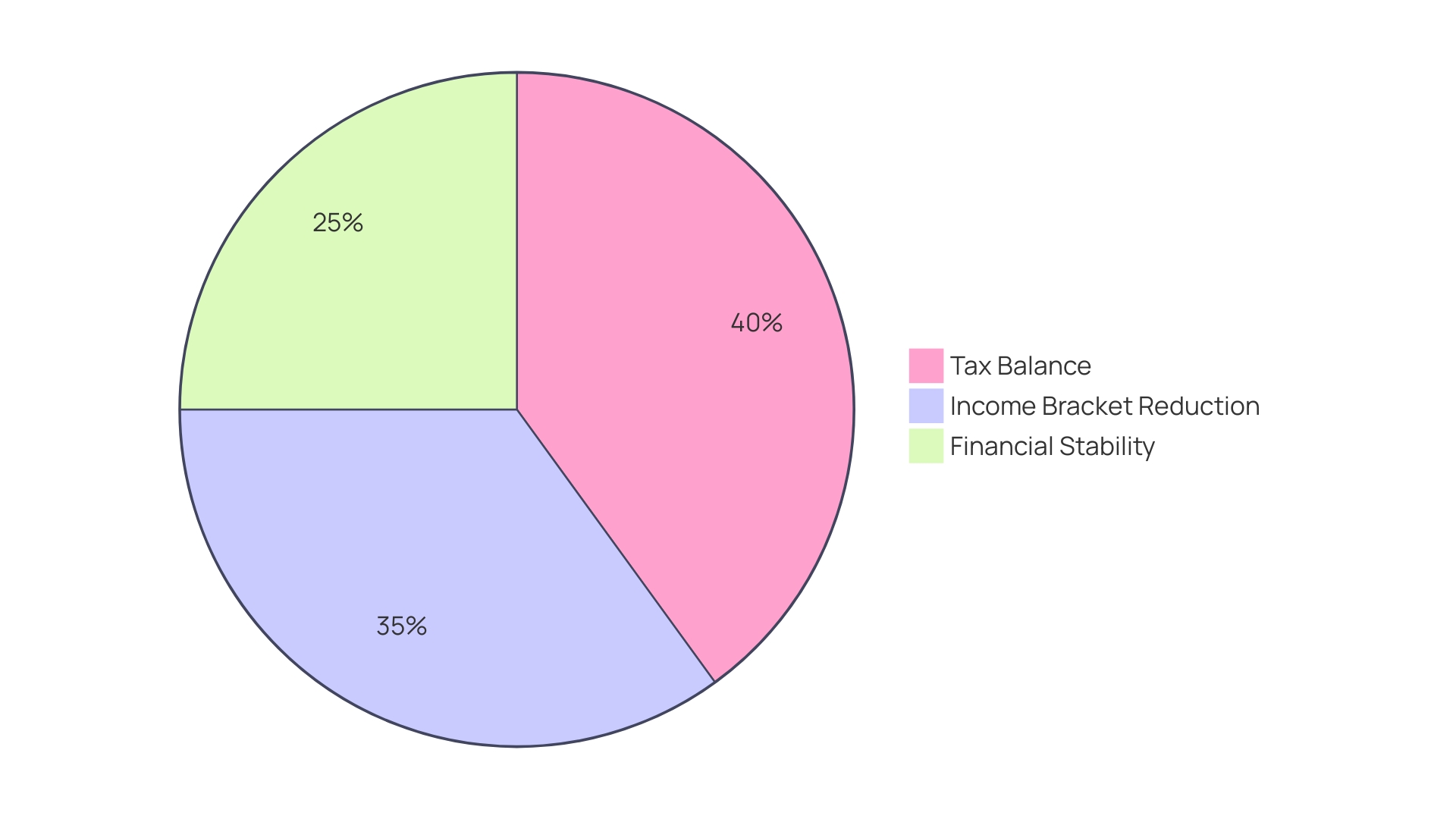
Negotiate a Stock Sale
When determining between a stock sale and an asset sale during discussions in transactions, certain benefits can be identified in selecting the former over the letter to reduce the effect of capital gains levies on your finances. In a stock sale scenario happens when the buyer buys the owners shares of the company of individual assets which can lead to differing tax consequences that are usually less burdensome. This approach frequently results in savings on taxes, and one effective strategy is to engage in tax-free stock swaps where the purchaser exchanges their company's stocks for those of another organization. This approach enables the acquisition of an enterprise without requiring a payment and can be especially advantageous for enhancing a company's financial foundation or obtaining essential resources and support services. By utilizing this strategy, entrepreneurs can enhance their tax results while strategically advancing their enterprises.

Sell the Business to Your Employees
Choosing to sell your enterprise to employees through an Employee Stock Ownership Plan (ESOP) can provide tax advantages while also fostering a sense of ownership within your staff members' hearts and minds. With than 6 500 ESOP arrangements in the United States and about 14 million workers being covered by them; this approach isn't just popular but also proven effective. ESOP initiatives allow owners to postpone profit-related levies. A financial maneuver. Moreover; they offer employees retirement perks by transforming them into stakeholders who have a vested interest, in the success of the company. This strategy has been effective in keeping employees and ensuring that their goals are in line, with the company's objectives – a situation that benefits all parties involved.
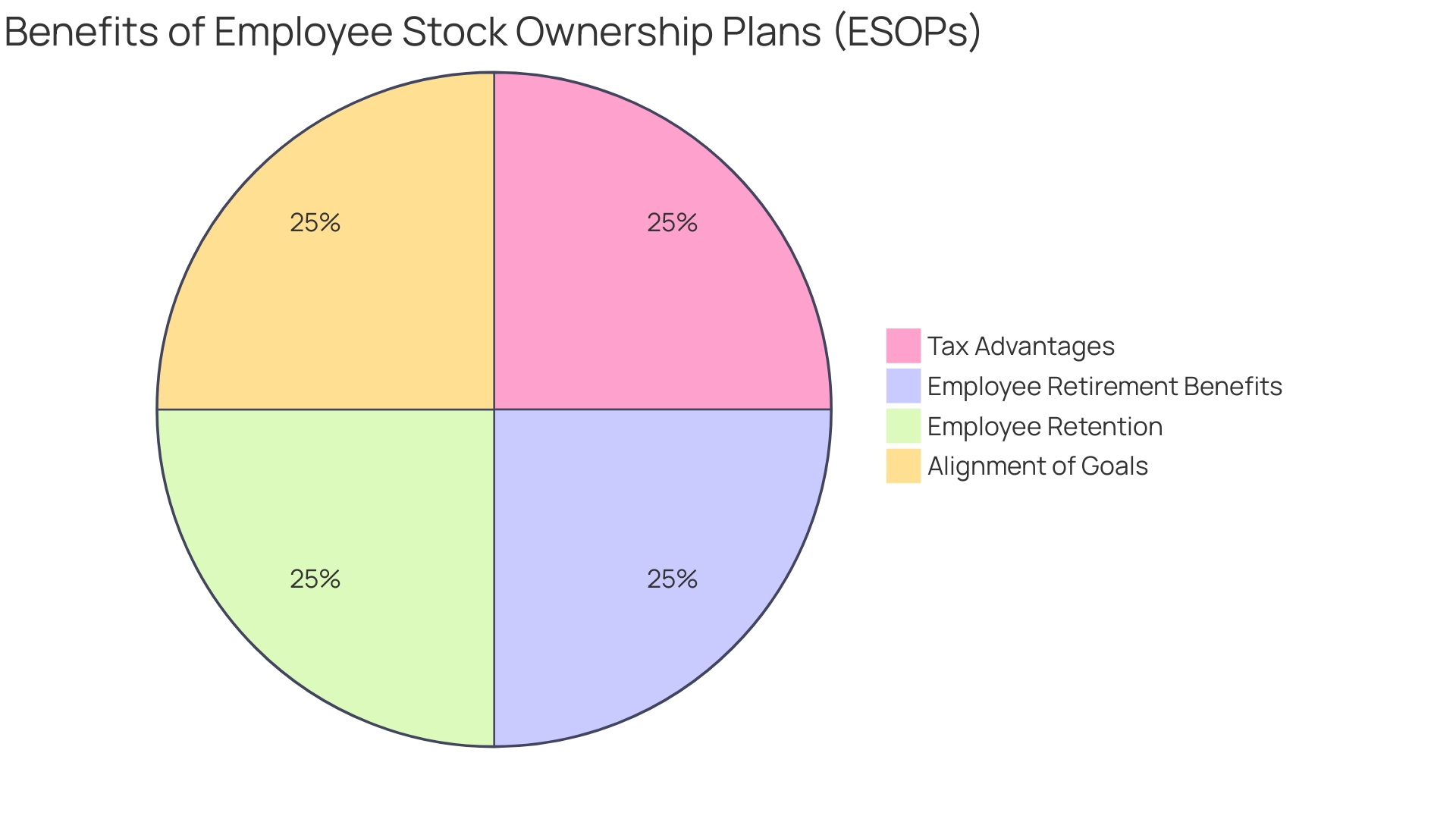
Reinvest into a Qualified Opportunity Fund
Investing the funds obtained from selling your enterprise into a Qualified Opportunity Fund (QOF) is a strategy to postpone settling on profits levies and reap financial benefits over time while also aiding the economic development of disadvantaged locations identified as Opportunity Zones, as outlined by the Tax Cuts and Jobs Act of 2017, aimed at promoting economic growth and job openings in those areas through investments that can beneficially influence their communities. As certain terms are set to end in a couple of years time frame there's a sense of importance in making the most of this chance now heightened awareness is key in seizing this opportunity fully grasped yet its crucial to recognize the influence it can hold over both your financial wellness and the progress of community growth opting to invest in a QOF doesn't just ensure your economic stability but also plays a part, in rejuvenating disadvantaged regions sparking a series of beneficial transformations
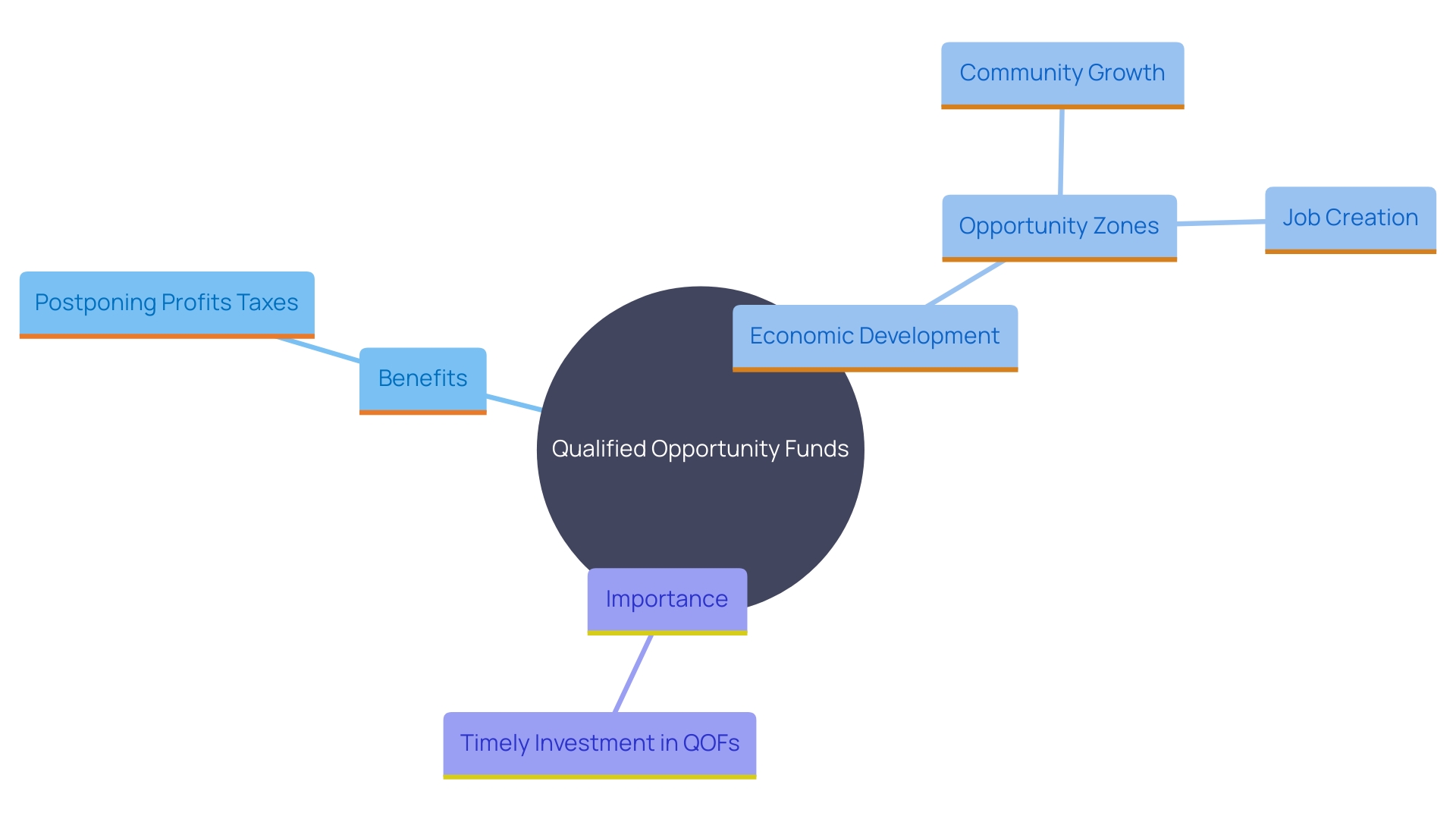
Use a Charitable Remainder Trust (CRT)
Using a Charitable Remainder Trust (CRT) can be a move to reduce capital gains taxes when selling business assets. Classified as a known strategy in U.S tax laws and commonly advised by financial experts this method involves transferring assets into the CRT before the sale to avoid capital gains taxes altogether.Besides the tax benefits this strategy also ensures an income, from the trust and contributes to charitable causes.
For instance; Harvard University recommends contributing stocks or cash to maximize tax advantages, which is a commonly endorsed approach that can also be utilized for properties held in a Charitable Remainder Trust (CRT). Moreover, leveraging the value of an enterprise can further enhance tax advantages. Strategic planning and utilizing ownership interests smartly have been shown in various instances to result in significant tax reductions and consistent income streams. One such case saw a client saving over $1. 2 Million, in levies each year. Securing $180 000 in yearly income.
Keeping up to date with the recent changes in tax laws and seeking guidance from professionals could maximize the advantages of utilizing CRTs and other similar tactics effectively. This dynamic taxation environment and advancements in technology like blockchain systems introduce fresh opportunities, for improving asset handling and tax effectiveness.
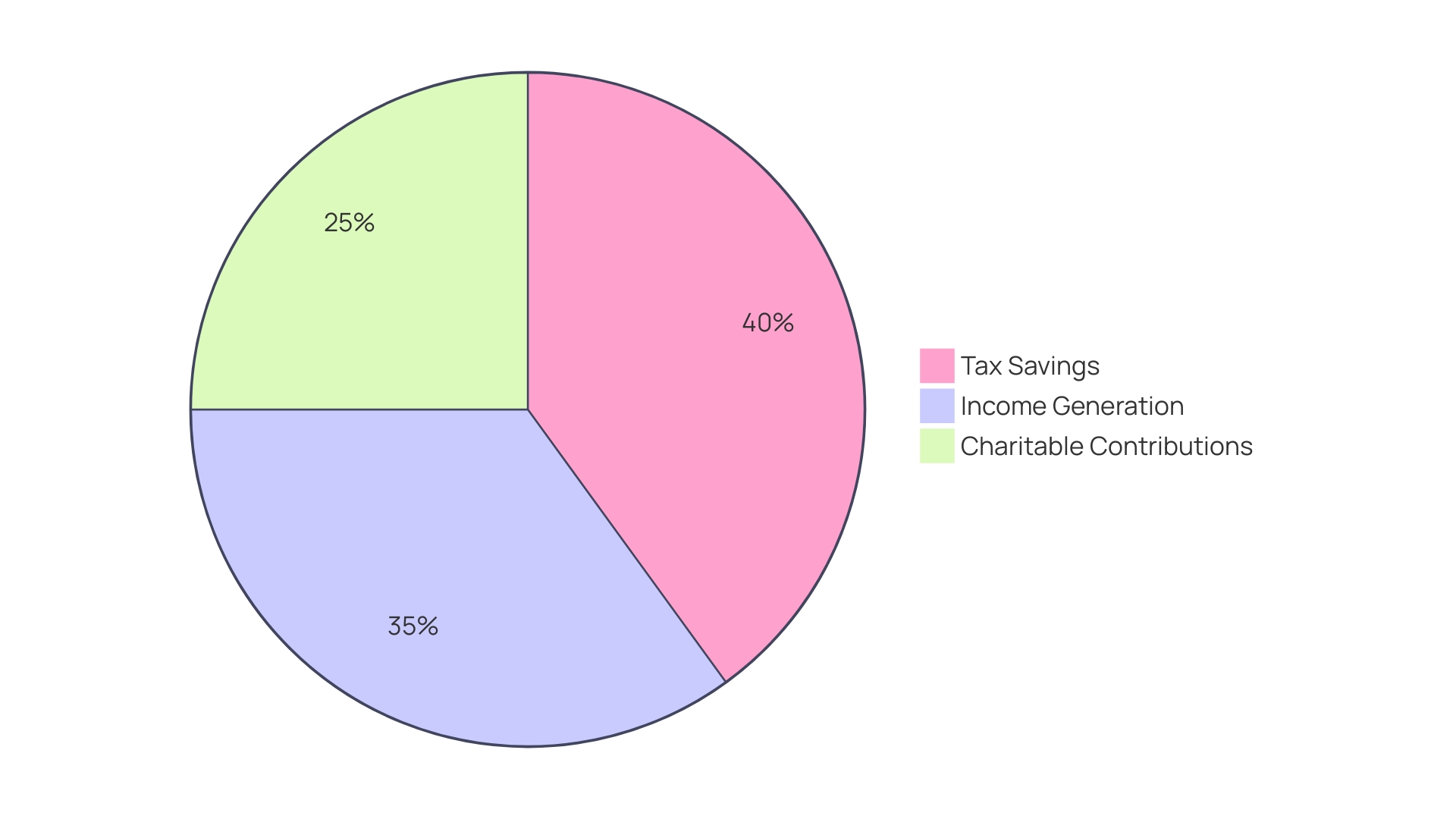
Consider Rollover Equity and Non-Grantor Trusts
Roll over equity provides an advantage by enabling you to delay paying capital gains taxes when investing in new opportunities. This strategy ensures that your earned funds keep expanding without having to worry about tax obligations. Additionally, involving grantor trusts could lead to substantial tax advantages for entrepreneurs. These trusts effectively handle capital gains tax responsibilities, resulting in you keeping a portion of your earnings. For instance Wendy residing in Ontario and earning a business income of $200k can utilize these methods to secure her well being effectively.It's essential to keep updated and ready by paying attention to finance news and guidance, from professionals to manage the intricate tax rules and enhance the financial stability of your business endeavor.
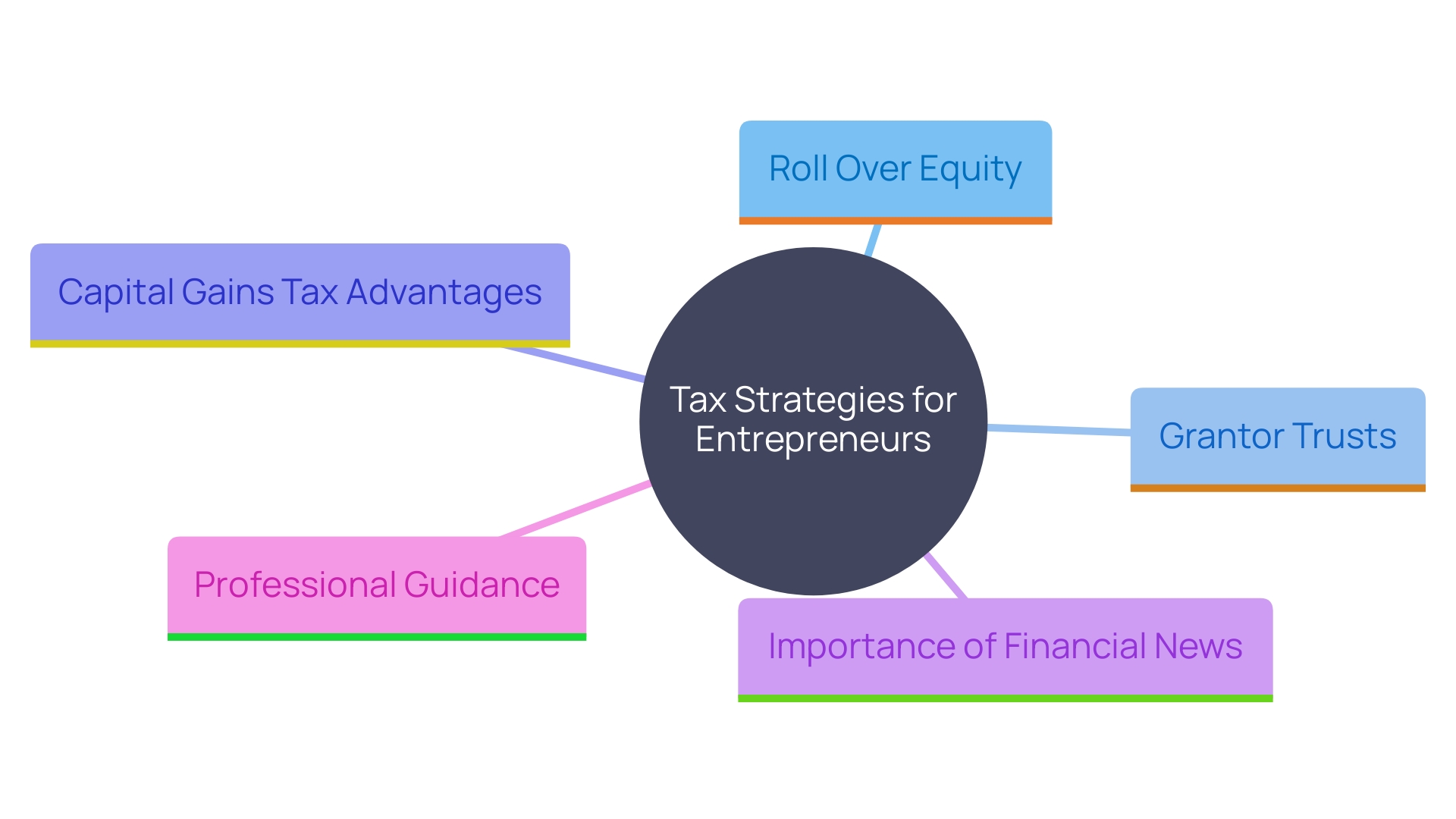
Conclusion
Entrepreneurs must navigate capital gains taxes wisely to enhance their results while minimizing tax obligations effectively. It's important for entrepreneurs to grasp the difference between term and long term capital gains as holding onto assets for more than a year can result in lower tax rates significantly. By employing techniques, like capital gains offsets and ensuring accurate purchase price allocations and installment sales strategies are utilized properly can help reduce tax responsibilities so that business owners can keep a larger portion of their earnings.
By utilizing strategies such as Employee Stock Ownership Plans (ESOP) Qualified Opportunity Funds (QOF) and Charitable Remainder Trust (CRT) businesses can not only benefit from tax advantages but also cultivate a feeling of unity and achievement together with their employees or stakeholders alike. These methods enable entrepreneurs to transition their businesses while guaranteeing financial security and making a positive impact on the economy as a whole. Seeking advice, from tax experts can help customize these plans to suit needs better and improve the overall effectiveness of tax management.
In the end proactive planning and smart decision making can turn tax burdens into chances for saving a lot of money. By using these strategies business owners can make sure they have a financial future and reach success in their long term goals. Dealing with capital gains taxes doesn't have to be scary; with the information and resources it can result in a successful shift, in business ownership and continued financial stability.




